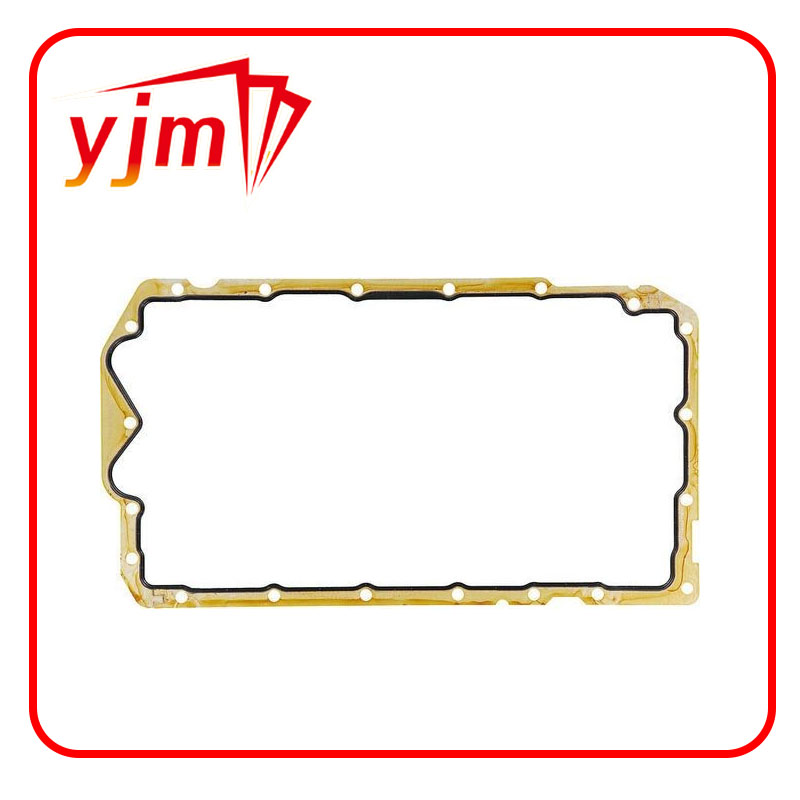power steering seal
Understanding Power Steering Seals Importance and Maintenance
Power steering is a crucial component of modern vehicles, allowing drivers to steer with ease and precision. One of the critical elements of the power steering system is the seals that help maintain hydraulic pressure and prevent fluid leaks. Understanding the function of power steering seals, their common issues, and maintenance tips can significantly enhance the durability and performance of your vehicle's steering system.
What are Power Steering Seals?
Power steering seals are specially designed components that ensure the proper functioning of the power steering system by sealing the hydraulic fluid within the steering mechanism. These seals are typically made from durable materials such as rubber or polyurethane, which can withstand the high temperatures and pressures associated with hydraulic systems. Their primary role is to prevent leaks, keep contaminants out, and maintain the necessary fluid pressure for efficient steering performance.
Common Issues with Power Steering Seals
Over time, power steering seals can degrade due to various factors, leading to potential issues in the steering system. Here are some common problems associated with power steering seals
1. Wear and Tear Continuous use of the steering system can lead to the gradual wear of seals, making them less effective. Hardening or cracking due to age and exposure to heat can result in leaks.
2. Fluid Leakage A significant sign that your power steering seal is failing is the presence of fluid leaks. If you notice a puddle of reddish or brownish fluid under your vehicle, it might indicate a failing power steering seal.
3. Dirt and Contaminants Power steering seals are designed to keep contaminants out. However, if the seals are damaged, dirt and debris can enter the system, causing wear on other components and reducing overall efficiency.
4. Worn Steering Components Poorly functioning seals can lead to excessive pressure on the power steering pump and other components, potentially causing premature wear and failure elsewhere in the system.
power steering seal

Maintenance Tips for Power Steering Seals
To ensure the longevity and effectiveness of your power steering seals, consider the following maintenance tips
1. Regular Fluid Checks Periodically check the power steering fluid level and top it up if necessary. Low fluid levels can lead to increased stress on seals and other components, accelerating wear.
2. Use Quality Fluid Always use the recommended power steering fluid specified in your vehicle’s owner manual. Using the wrong type of fluid can deteriorate the seals more quickly than expected.
3. Inspect for Leaks Regularly inspect your vehicle for any signs of fluid leaks. Early detection can help prevent more significant issues down the line.
4. Professional Inspections Have your power steering system inspected by a professional mechanic during regular service intervals. They can identify potential seal issues before they become critical problems.
5. Keep the System Clean Avoid introducing contaminants into the power steering system. This includes regularly changing the fluid and ensuring that the reservoir is clean.
Conclusion
Power steering seals play an essential role in maintaining your vehicle's steering system's efficiency and effectiveness. Understanding their function and the common issues that can arise helps in preventing costly repairs and ensuring your vehicle remains safe to drive. Regular maintenance and inspections are key to prolonging the life of your power steering seals and keeping your steering system in top condition. By paying attention to these details, you can enjoy a smoother driving experience for years to come.
-
The Ultimate Guide to Boat Propeller Bearings and Trailer Wheel Bearings
News Jul.31,2025
-
The Essential Guide to Marine Bearings and Boat Trailer Wheel Bearings
News Jul.31,2025
-
The Complete Guide to Heavy Duty Seals: Protecting Doors and Spaces Efficiently
News Jul.31,2025
-
Essential Guide to Marine Shaft Bearings and Boat Trailer Axle Bearings
News Jul.31,2025
-
Comprehensive Guide to Marine and Trailer Bearings for Safe Boating and Transport
News Jul.31,2025
-
Comprehensive Guide to Automotive Oil Seals: Protecting Your Engine and Shafts
News Jul.31,2025
-
Understanding Automotive Oil Seals: Essential Components for Engine and Shaft Protection
News Jul.30,2025
Products categories















